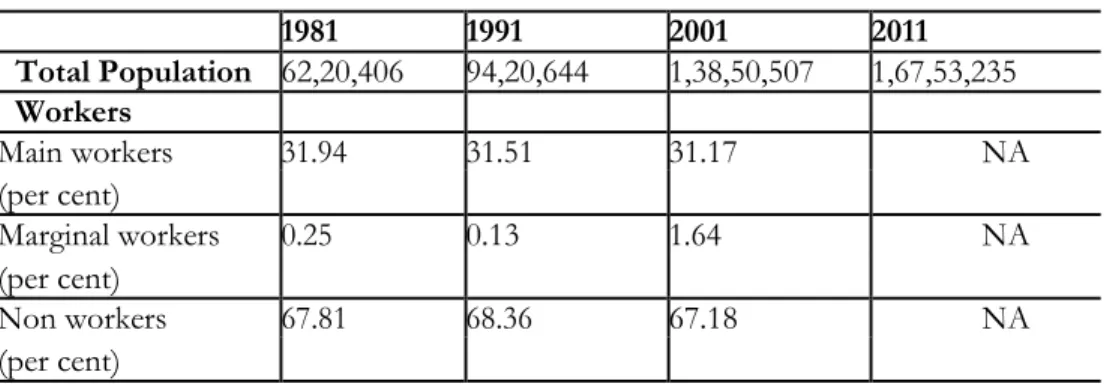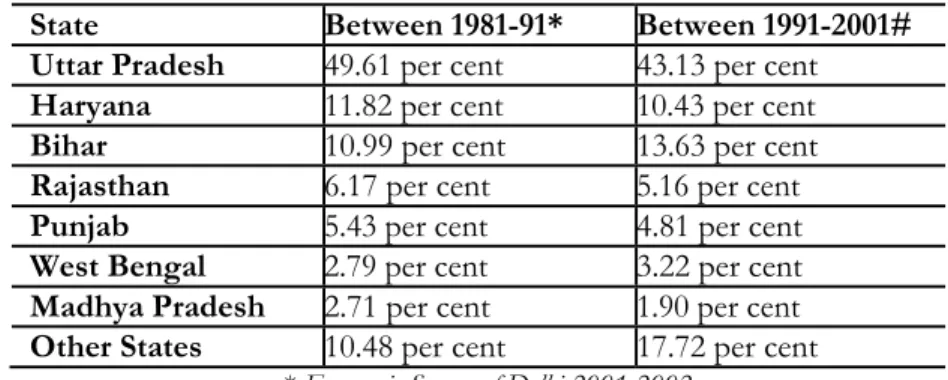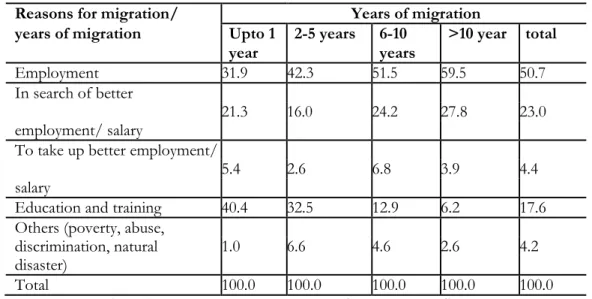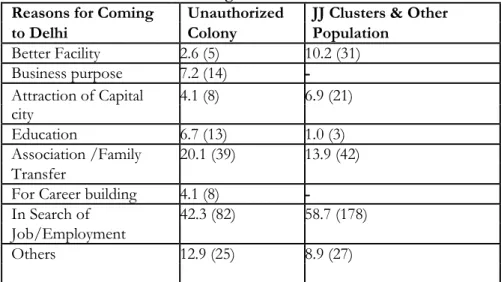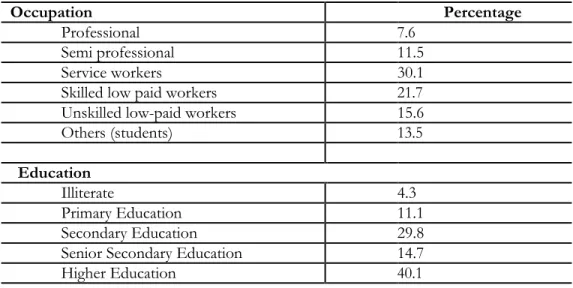A brief overview of the special administrative and legal location of Delhi is therefore in order. Thus, a chosen component of decision-making in Delhi has been part of the constitutive logic of city governance. This in itself is unacceptable as it appears to be in harmony with the wider design of the federal system in the country.
The municipal functions in the city are provided by three agencies namely the Municipal Corporation of Delhi (MCD), the New Delhi Municipal Council (NDMC) and the Delhi Cantonment Board, all under the control of the Union Government. While the DDA board has three representatives from the NCT Legislative Assembly, predominant power is vested in the lieutenant. Such dominance of the Union government is reinforced by the curtailment of the financial powers vested in the Delhi government.
Similar articulation of the 'aesthetic logic' of disciplining urban spaces in Delhi was articulated. It is in the details of socio-economic dynamics within the city that the contours of social justice take shape, especially for migrant populations. Continuing in the same vein, the socio-economic characteristics of migrants make them easy targets for the disciplinary project of city planning.
Matters are not helped by the limited electoral voice that city government structures allow.
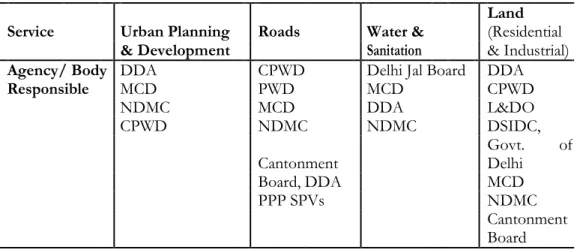
The Migrant in a Service Village in the City
The first phase of the fieldwork involved following migrant domestic workers and understanding domestic work as a sector that absorbs migrants. Most of the women I spoke to are well versed in Hindi and their mother tongue. The local representatives step in to work on the problem under the guidance of the local field office.
Most of the trainers at Domestek are former domestic workers who have worked with embassies and the like. Most of the women before the demolition in Gautam Nagar worked as part-time domestic workers in Green Park and nearby areas adjacent to Gautam Nagar. The majority of women continue to work predominantly as part-time domestic helpers, followed by waste collection, beldari (construction work) and other forms of work.
This meant that the master plan for the city had to be economically viable, and the idea of 'region'6 was included in this framework. One of the main points of criticism remained the magnetic power of the city and migration patterns towards the metropolis. While the migrant labor and their needs were recognized in the function of the city as well as in the work, the housing of migrants remained contested.
In the case of the respondents I spoke to, they all shared their different trajectories of migration to Delhi and the relocation within it. Paro is one of many domestic workers who migrate to Delhi with their families and relatives for work. Sonia, one of the housekeepers in Gurgaon, migrated from Rajabazar, Kolkata to New Delhi.
For some people, each of these categories cannot be considered separately from the other. Delhi is one of the key destination states for migration, along with Maharashtra, Gujarat, Haryana and Karnataka. Although the majority of respondents work as part of domestic workers, I would be cautious about this claim.
Two of Poonam's siblings are domestic workers (kothi mein kam karti hain), one of the brothers works as an ambulance driver. One of the ways to understand how these women move into the labor market is through the category of 'intimate' work and 'intimate' work.
Terra Firma of Sovereignty
Land Acquisition and Making of Migrant Labour
Marx's main contribution in his analysis of primitive accumulation is the evolution of the state with the onset of primitive accumulation. In the same vein as the evolution of the state against the workers, Marx also points to the processes of land acquisition. One of the inherent tendencies in the capitalist process of accumulation is over-accumulation, the production of such surpluses on a periodic basis.
In his analysis, he goes further and connects the global and national aspects of the process. The economic subject of the excluded area is simultaneously included as a political subject. How the state's relationship to the land affects the state's relationship to political entities.
It is also an indication of the theoretical problems inherent in the study of land and land relations. Yet his most radical intervention, in my view, is in the realm of the political economy of space. For the state power, as a result, land becomes at the same time a space for governmentality and a zone of the exercise of power of exception.
So it is possible that different surveys of the same piece of land will yield different measurements. Involved in this is a series of negotiations between the political subjects and the state representative. Finally, it could be the result of sheer force and physical land grabbing.
Therefore, it is the planning and digitization of land records that emerges as a source of the sovereign's power over the land. This is enough ground for negotiation and the new 'interpretation' of the records has already made the country willing. Who will get what and where was decided by individuals in the community within themselves.
It's a different view of land than that of the state that always wants to fix and document it. You might as well say that governance is actually the state's logistical operation.
CRG Publications
Anya Pakistan - En bengalsk samling af oversatte skrifter fra, Andre stemmer fra Pakistan, redigeret af Ranabir Samaddar, distribueret af Mahanirban Calcutta Research Group, Kolkata. Parbotyo Chattogram - Simanter Rajniti O Sangram - Debjani Datta & Anasua Basu Ray Chaudhury, distribueret af Mahanirban Calcutta Research Group, Kolkata. Abiram Raktopat - Tripuranarir Sangram - Redigeret af Krishna Bandyopadhyay, distribueret af Mahanirban Calcutta Research Group, Kolkata.
Rethinking 1905: Spatial Inequality, Uneven Development and Nationalism- Authored by David Ludden Published by Mahanirban Calcutta Research Group (MCRG). Climate Change Induced Displacement: A Challenge to International Law- Authored by Walter Kalin Published by Mahanirban Calcutta Research Group (MCRG). Civil Society Dialogue on Human Rights and Peace in the North-East (First, Second and Third) 2.
UN Guiding Principles on Internally Displaced Persons - Report on workshops, advocacy meetings and document translations. Report of the Three-Year Program of Research and Dialogue on Development, Democracy and Governance - Lessons and Policy Implications, 2013. Ecosystem for Life - Bangladesh-India Initiative - Ecology, Politics and Livelihoods in Northeast India and the Bengal Delta, 2014.
